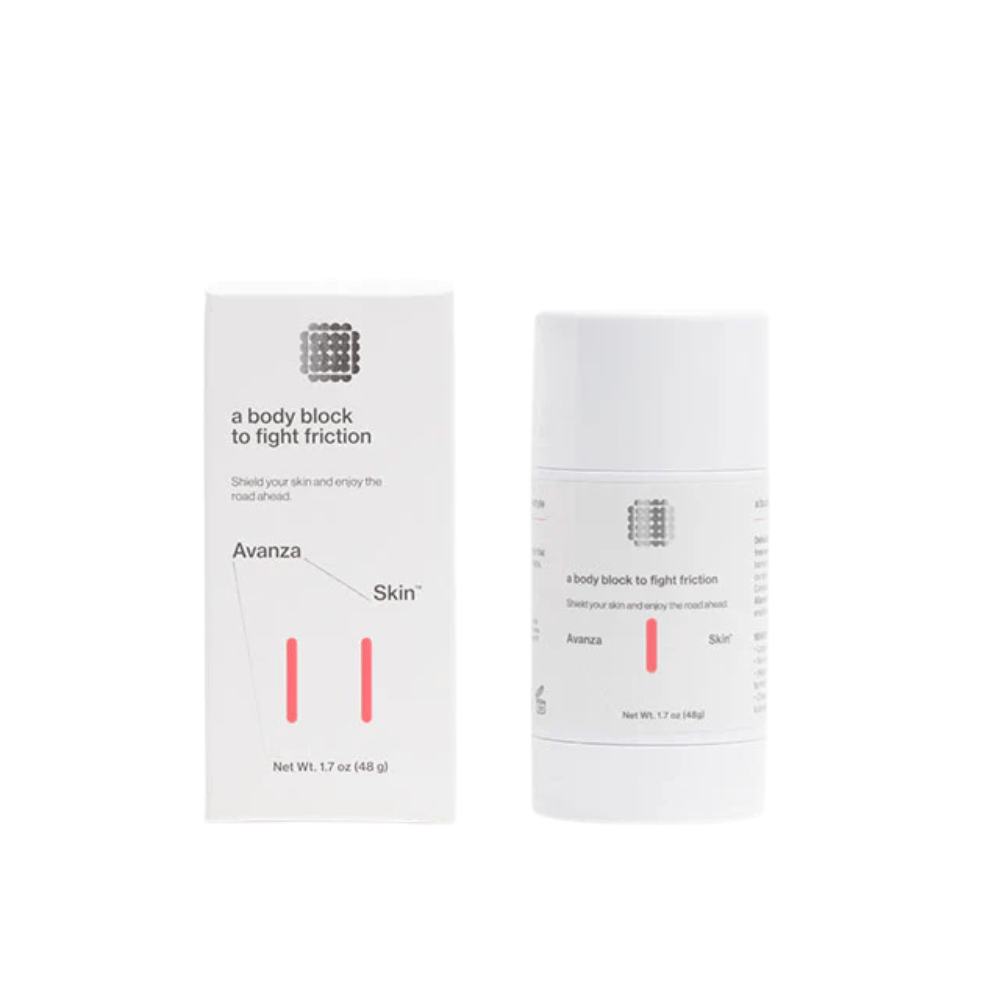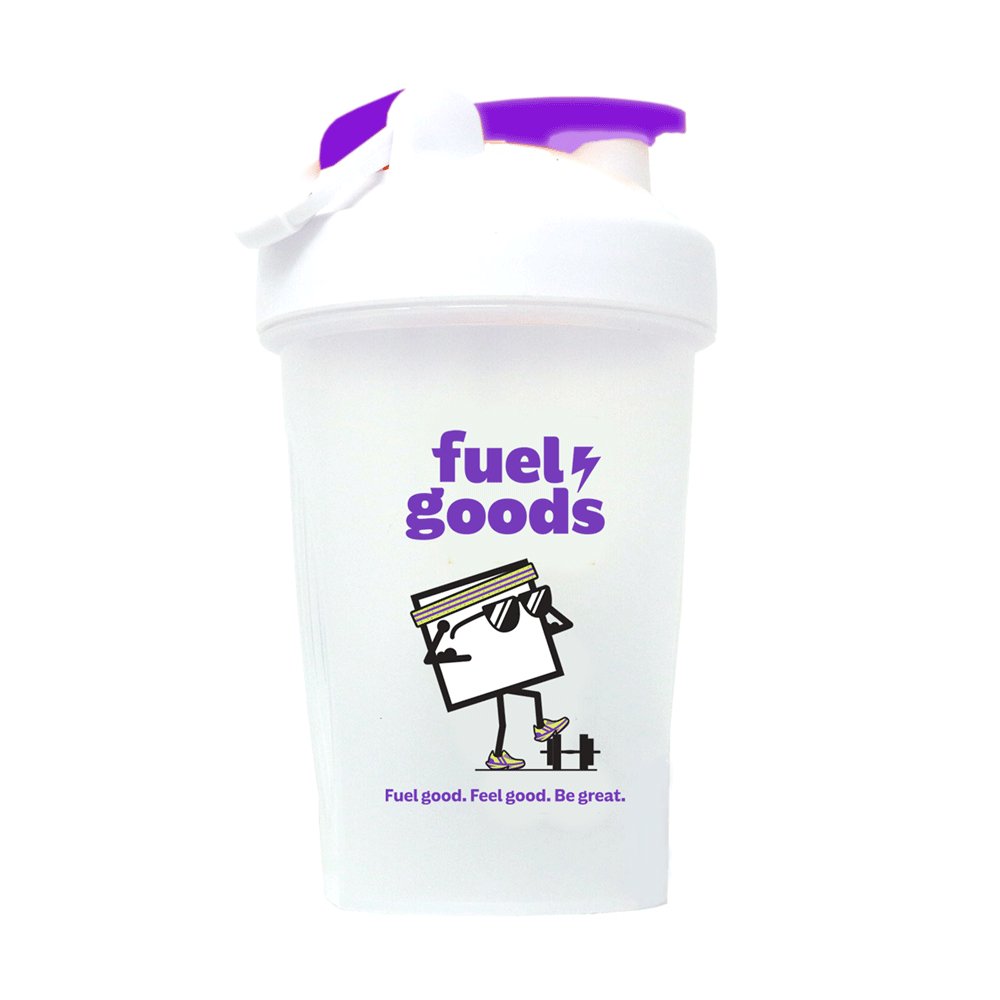You might have heard about GLP-1 medications like semaglutide or liraglutide being used for weight loss or managing conditions like type 2 diabetes. But what do they mean for runners? Let’s break it down and keep it real.
What is GLP-1, Anyway?
GLP-1 is a hormone that helps your body regulate blood sugar, appetite, and digestion. These meds mimic that hormone, helping people lower blood sugar levels, feel full longer, and even lose weight. While that sounds great, there are some things runners should know before hopping on the GLP-1 train.
Why Runners Should Think Twice
While these medications have benefits, they can create challenges for runners who are logging miles and chasing performance goals. Here's how:
1. Energy Crashes Mid-Run
GLP-1 meds lower blood sugar and slow your liver’s ability to release extra glucose—your backup energy stash. During intense or long runs, this could mean hitting the wall earlier if you’re not fueling properly.
2. Gut Distress
These meds slow digestion to keep you feeling full, but during a run, that can mean bloating, nausea, or cramping. Timing your meals and snacks becomes even more critical to avoid GI troubles.
3. Slower Recovery
Recovery depends on quickly absorbing carbs and protein after a workout. If digestion is slowed, your body may take longer to repair muscles and replenish energy stores, leaving you less prepared for your next workout.
4. Appetite Suppression
While eating less might sound appealing, runners need enough fuel to sustain training and recovery. Under-eating can lead to fatigue, poor performance, and even hormonal imbalances over time.
Smart Fueling Strategies for Runners Using GLP-1
Before Your Run:
- Eat 90 minutes -3 hours before your workout, focusing on carbs AND protein, but avoid heavy meals
- No time? A light snack or small bite of easily digestible carbs will do the trick—just enough to give you energy without upsetting your stomach.
Timing Tip:
If you’re on a GLP-1 medication, the slower digestion may require extra planning. Eat earlier than usual to allow time for food to settle and energy to be available when you hit the ground running.
During Your Run:
- For runs over an hour, carry simple carbs like waffles, bars, or chews. Aim for 5-12g of carbs every 10 minutes to maintain energy and avoid crashes. Smaller, more frequent is key here.
- Don’t forget electrolytes, especially in hot or humid conditions.
After Your Run:
- Whether you feel ravenous or not hungry at all, refuel within 30 minutes. A drink or snack with a 3:1 carb-to-protein ratio works well.
- Within 90 minutes, have a nutrient-packed meal with complex carbs, lean protein, and healthy fats.
- Stay hydrated for the next few hours to fully recover.
The Big Picture: Train Smarter
If you’re using GLP-1 meds or considering them, here’s how to keep your training on track:
- Listen to Your Body: Fatigue, dizziness, or gut issues? Adjust your nutrition or training plan.
- Prioritize Real Food Meals: Whole grains, fruits, and veggies are your best bet for sustained energy.
- Strength Training Counts: Building muscle supports better energy use and recovery.
- Hydration is Key: Stay ahead of dehydration, especially when sweating it out.
- Get Professional Input: Talk to a sports dietitian or coach to create a fueling plan that works for you.
Final Thoughts
GLP-1 medications can have their place, but they’re not one-size-fits-all—especially for runners. Balancing training, nutrition, and recovery is critical to stay energized, avoid setbacks, and crush your running goals. Keep your focus on fueling smarter, not just less, and your miles will thank you. 🏃♀️✨






























